
Can we grow enough crops to feed a world without cows?
The land we can’t farm still feeds us, thanks to cows: A look at land use, nutrition and sustainability
World Without Cows explores the complexity behind a seemingly simple question: “Are we better off in a world without cows?”
Through interviews with those on the front lines of agriculture and science, the documentary takes viewers on a global journey to deepen their understanding of everything cows contribute and what the world might look like without them.
This toolkit is designed to help you share the documentary’s message, spark meaningful discussions and take action in your own way. Whether you’re a student, educator, farmer, food enthusiast or sustainability advocate, there’s a place for you in this global conversation.
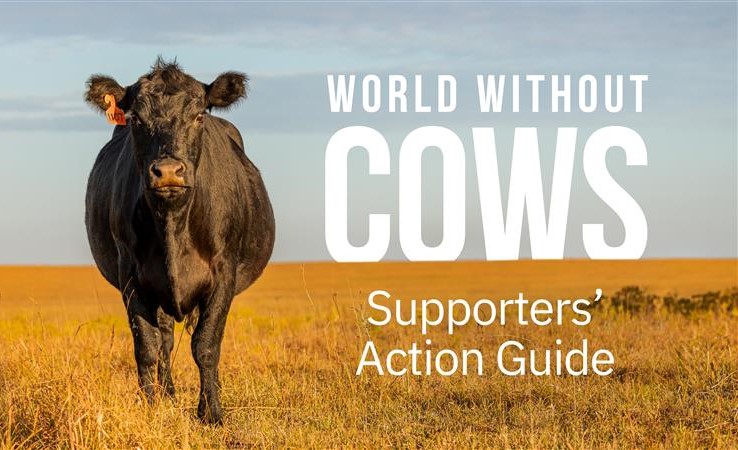
Conversations about the cultural, social, economic, nutritional and environmental impact of cows are often shaped by headlines and assumptions rather than facts. World Without Cows challenges these narratives to spark deeper, more informed dialogue.
But the key to meaningful conversations isn’t just knowing the facts — it’s using your voice, your reflections and the connections you make with others. The ideas in this toolkit are a foundation, but it is your authenticity and curiosity on the topics explored in World Without Cows that will bring the story to life.
Together, we can open the door to conversations that create change, and to create space for others to consider what’s truly at stake when we ask: Are we better off in a world without cows?
(Click the links to jump directly to a section.)
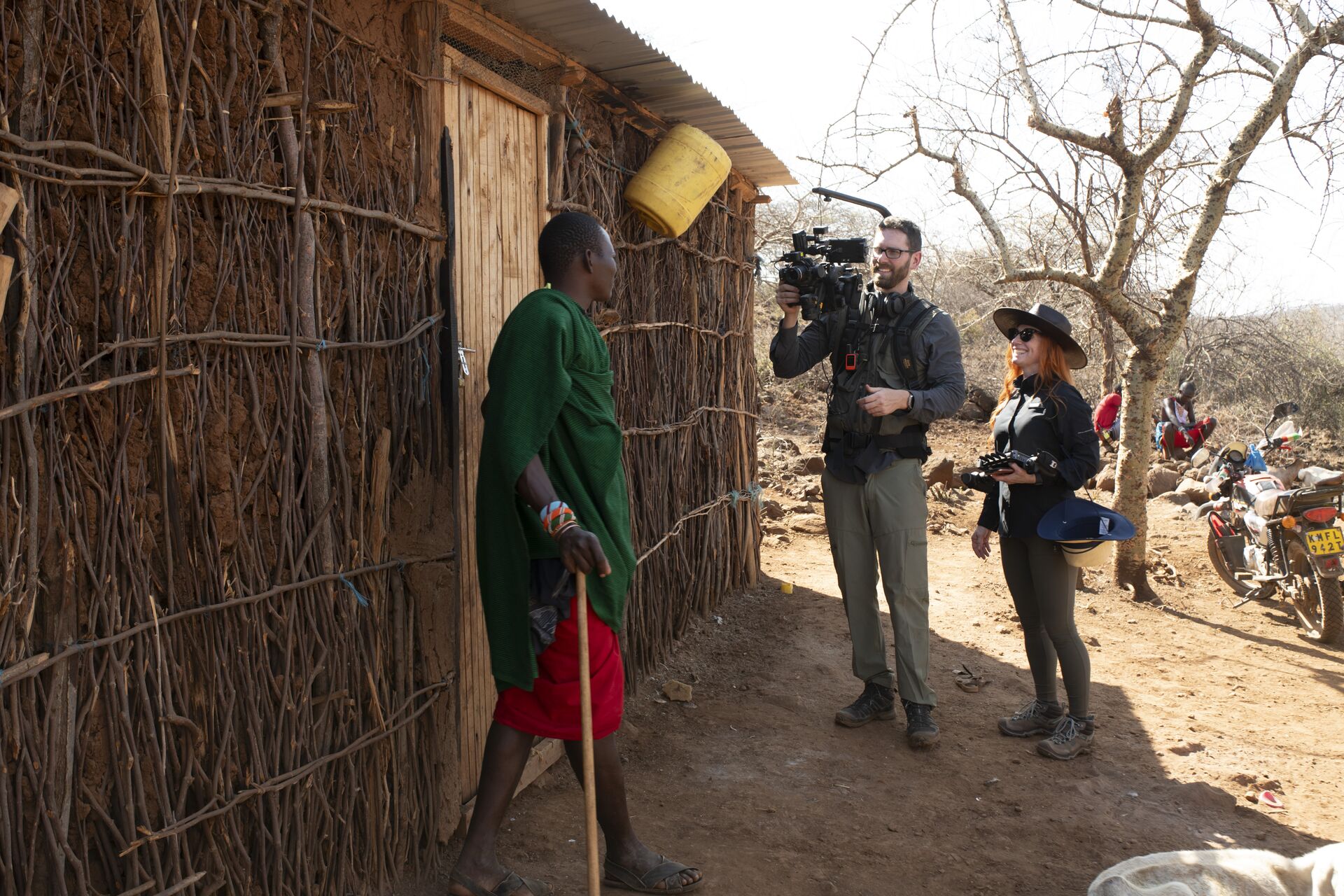
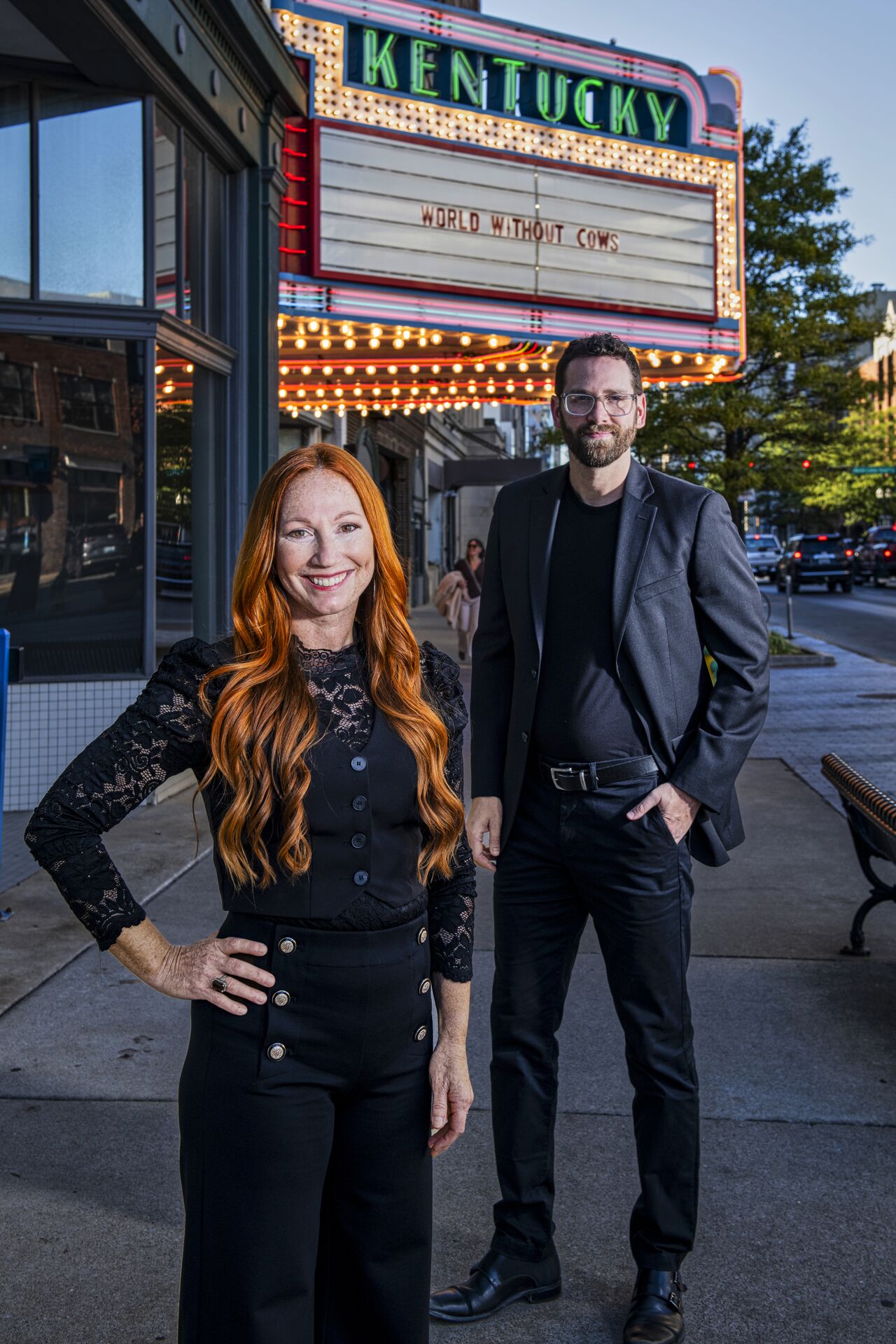
@WorldWithoutCows
Michelle Michael: @farmfilmmaker
Brandon Whitworth: @theagstoryteller
Whether the role of cows in our world has touched your life personally or if the film sparked your curiosity about their impact, we want to know why this conversation is important to you. Share your perspective in a way that is meaningful and authentic.
To help you get started, we’ve included a few sample social media posts about some of the themes explored in World Without Cows. While these examples provide a foundation, we encourage you to give each post your own personal spin — sharing your voice, perspective, and story. Just as the documentary was shaped by diverse and global voices, we believe the dialogue it sparks will be enriched by the unique insights and experiences of people like YOU.
Sample captions:
Sample captions:
Sample caption:
Our goal is to inspire a movement — creating space for broader conversations about the connection between agriculture and a thriving planet.
To do that, we need your support.
That’s why we launched Planet of Plenty, an entity dedicated to science-led agricultural storytelling, advocacy and educational initiatives.
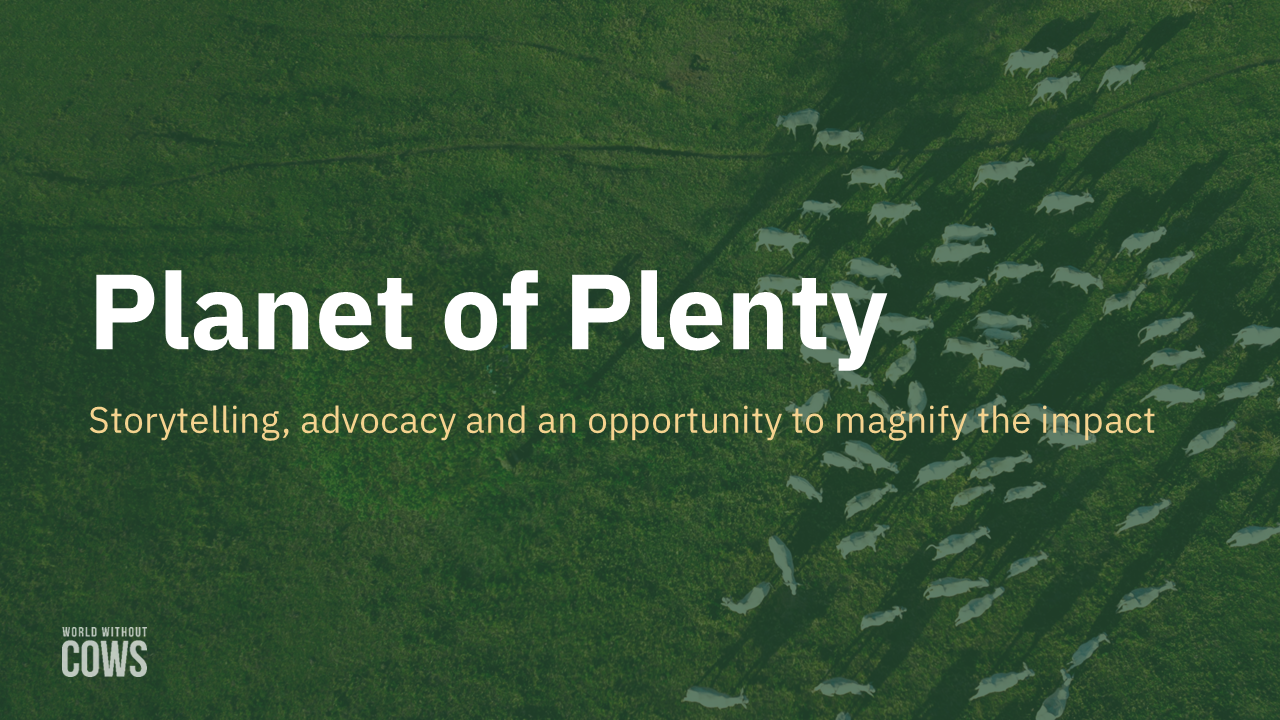
Contributions to Planet of Plenty fund efforts to expand the reach and impact of World Without Cows and support new science-based storytelling opportunities that keep the conversation going. Click here to learn more — and don’t forget to help us spread the word.
Through conversations with experts in environmental and agricultural science, award-winning journalists Michelle Michael and Brandon Whitworth examined the cultural, economic, nutritional and environmental impact of cows around the world — and the possible repercussions of their absence.
What they found was far from simple: When it comes to cows, it’s not black and white.
World Without Cows invites viewers to join their global journey of discovery, seeing cows in diverse contexts, learning from a range of perspectives, and understanding the nuance and complexity of answers.
In their search for the facts behind often-oversimplified debates, Michelle and Brandon discovered that:
1. Humanity has a profound reliance on cows.
We share the planet with 1.5 billion cows. That’s one cow for every five of us.
Cows provide livelihoods for an estimated 800 million people worldwide (1 in 10 people), supporting economies and communities across the globe. The estimated global market value of cattle and associated industries is approximately $1 trillion USD.
Rural communities around the world depend on cows for survival. For the 2 million members of the Maasai tribe in Kenya, for example, cows are more than a source of income and food — they’re a lifeline, deeply tied to their identity, survival and heritage.
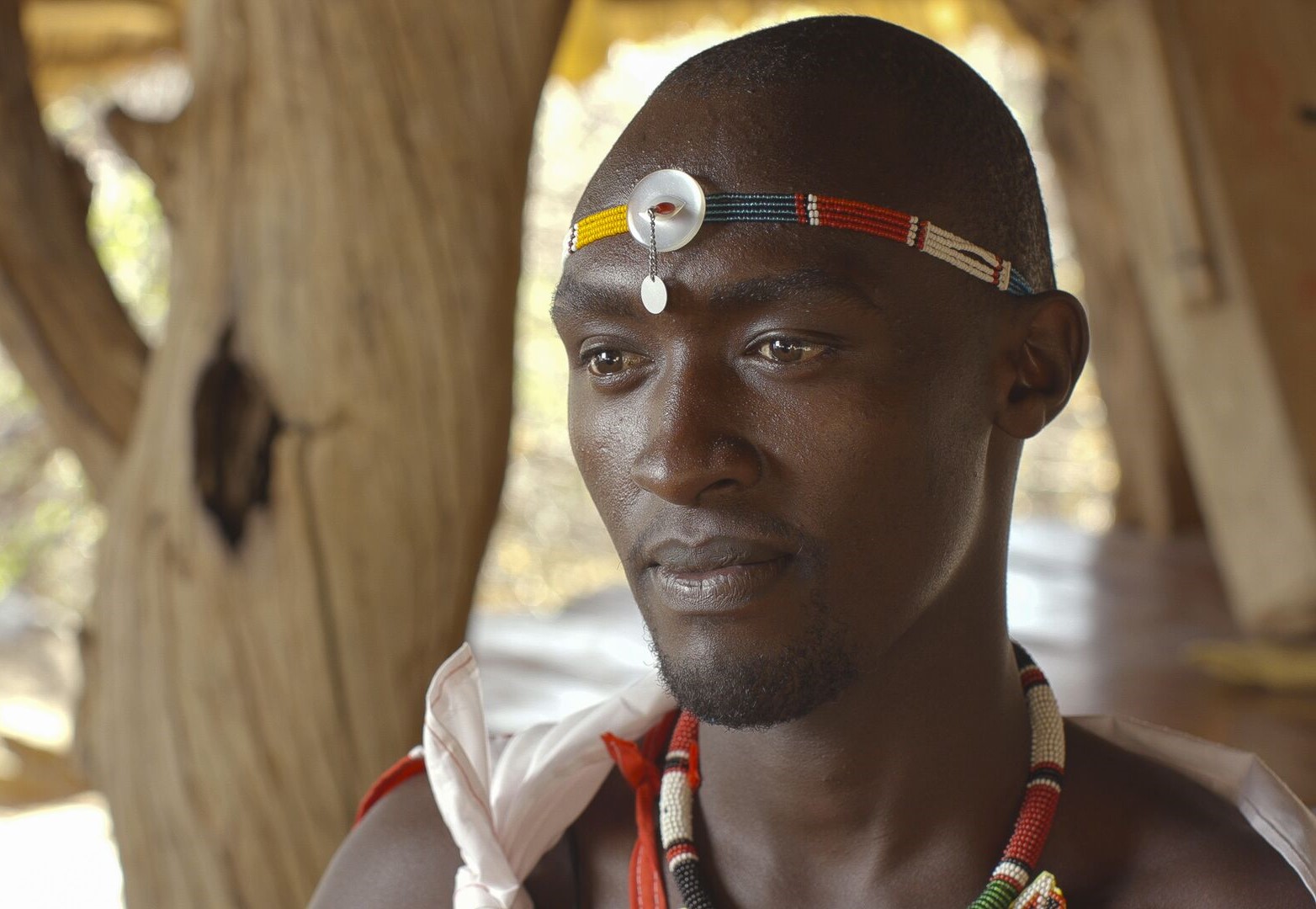
2. Cows play a key role in meeting the challenges of nourishing our rapidly expanding global population.
By 2050, the world will need to feed nearly 10 billion people. To meet the needs of a growing global population, farmers will need to produce as much food in the next 30–40 years as we have in the past 10,000 years. With nearly 50% of countries already facing protein insecurity, the challenge isn’t just about the future — we’re confronting a global nutrition crisis, right now.
3. Cows provide protein and other essential nutrients that are vital for human health.
Animal-sourced foods are an essential source of vital nutrients that cannot easily be obtained from plant-based foods, according to the U.N.’s Food and Agriculture Organization. Billions of people rely on these animal-sourced foods, particularly in developing nations where alternative sources aren’t always accessible or affordable. While plant-based diets work for some, eliminating animal protein altogether could lead to unintended consequences for human health, particularly for children, the elderly, and those with limited food security.
4. The relationship between cows and the environment is complex.
While cows account for 5–7% of global greenhouse gas emissions, according to the Intergovernmental Panel on Climate Change, grazing lands can store more carbon than cows emit, as seen at Buck Island Ranch in Florida. The ability of soil to store carbon is one important part of cows’ overall environmental footprint, which many experts agree is a crucial weapon in the battle against climate change.
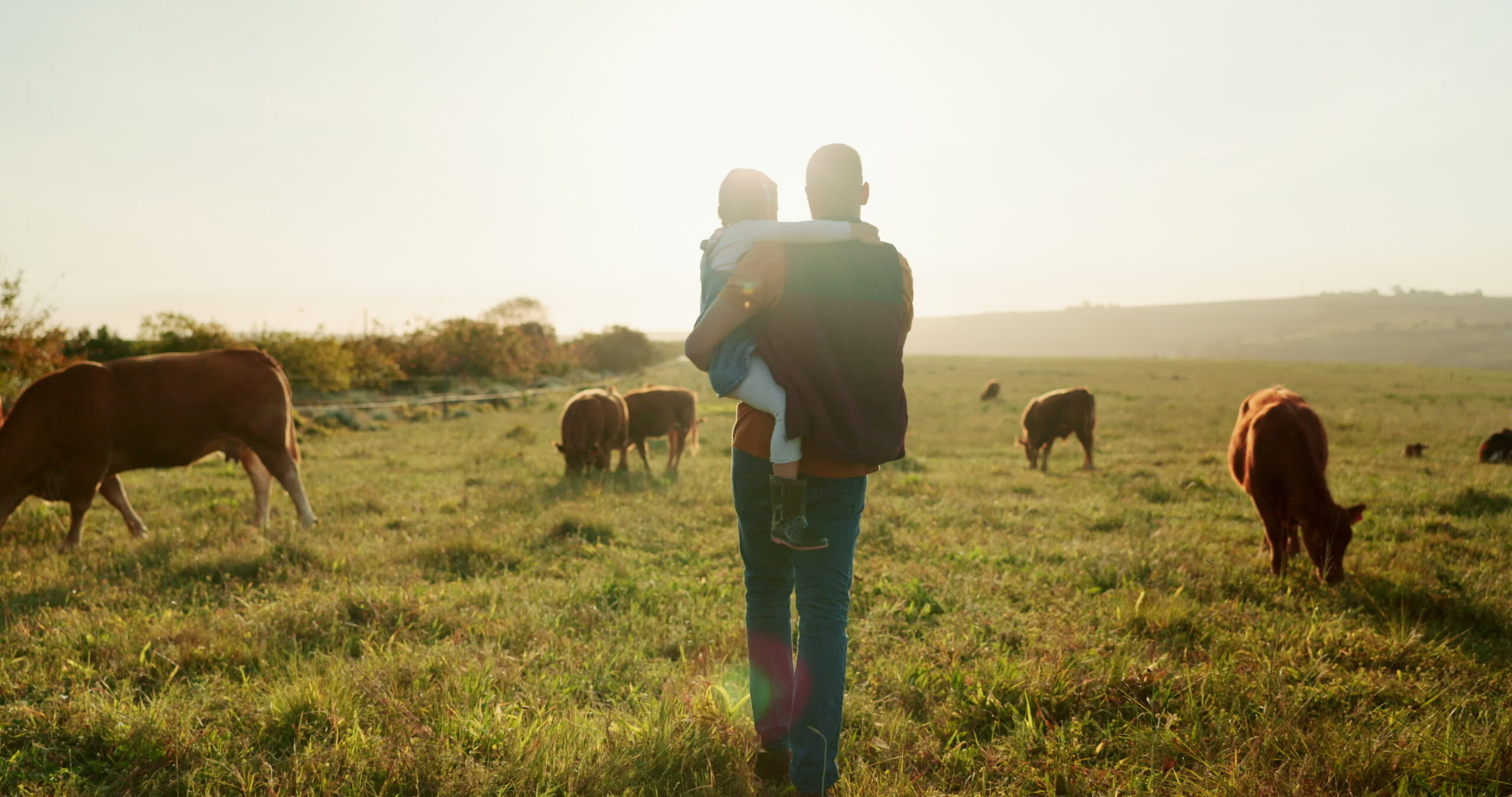
At the heart of World Without Cows is the belief that we have the opportunity to shape a positive future for our planet — one in which plants, animals and people thrive. But it begins with the courage to have bigger, broader conversations. Here are a few ways to keep the conversation going — with your family, friends, neighbors, colleagues, peers and communities.
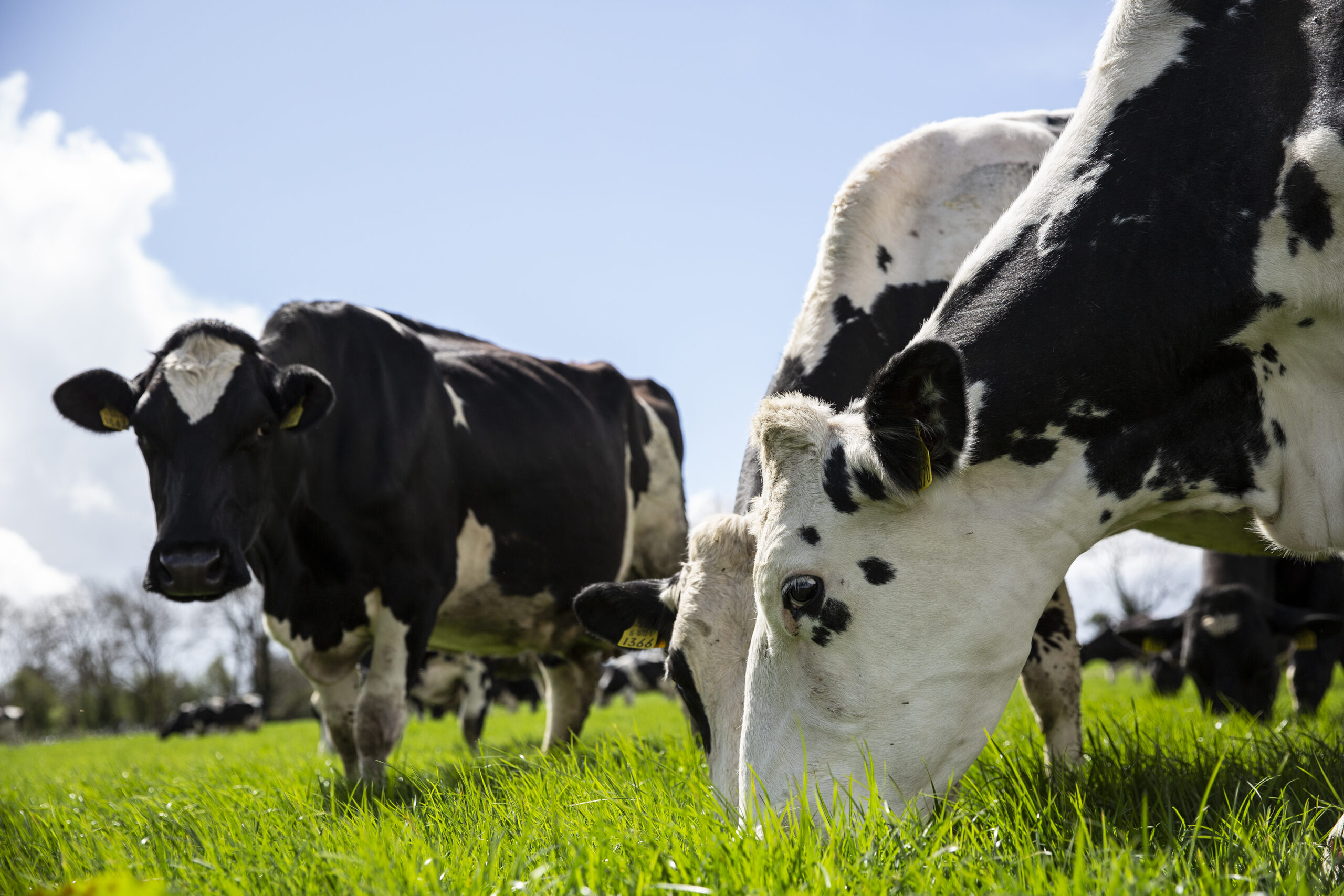
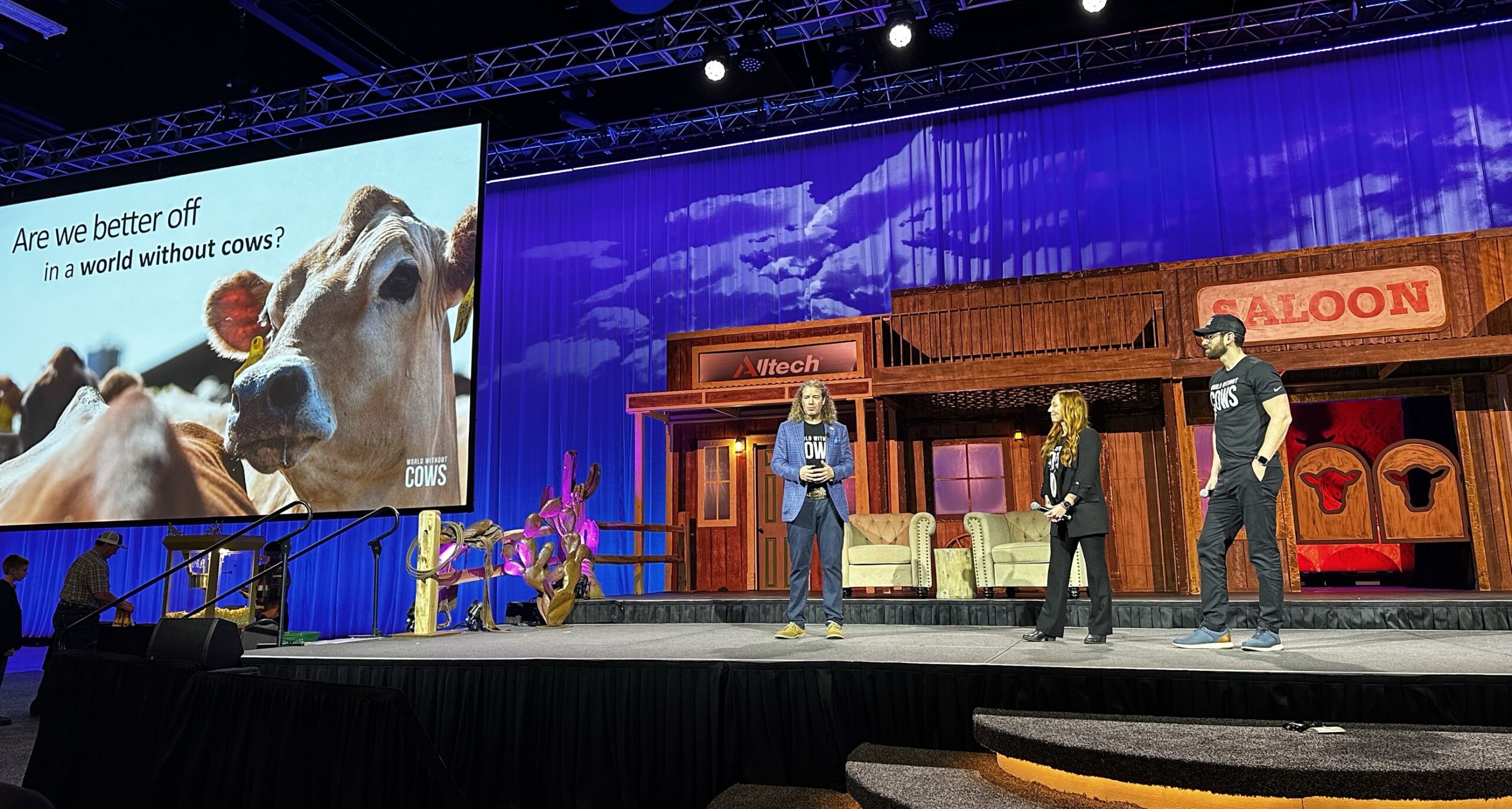
World Without Cows explores the cultural and economic significance of cows, their role in feeding the world, and their impact on the environment. Here are a few facts from the film to help you tell the story.

The land we can’t farm still feeds us, thanks to cows: A look at land use, nutrition and sustainability
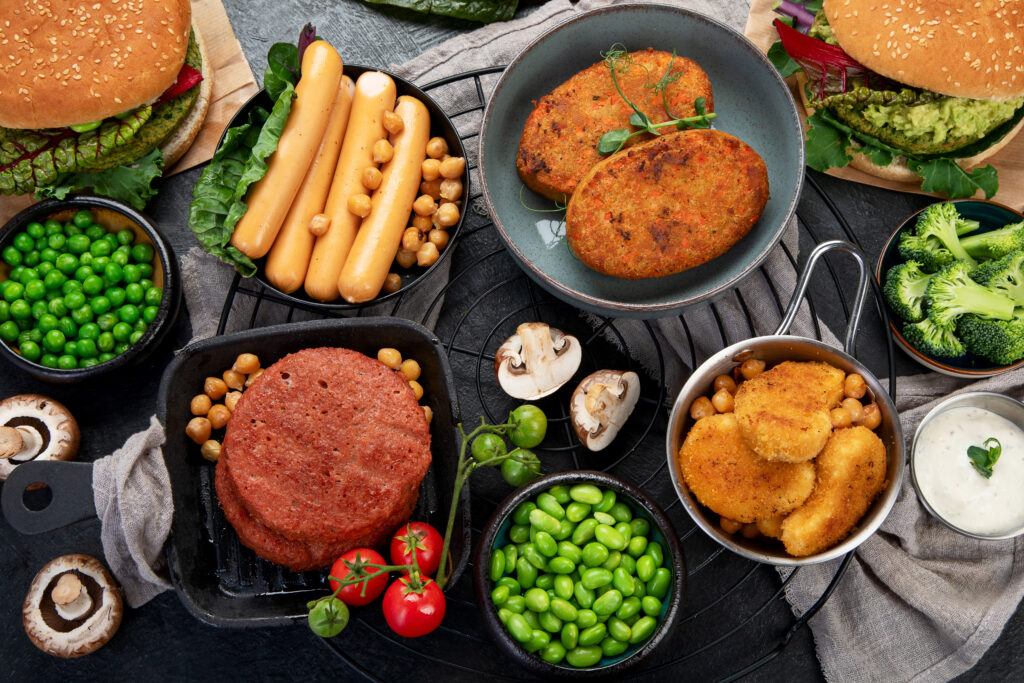
Many regions are already protein-insecure. Would we be able to meet the world’s dietary needs in a world without cows?
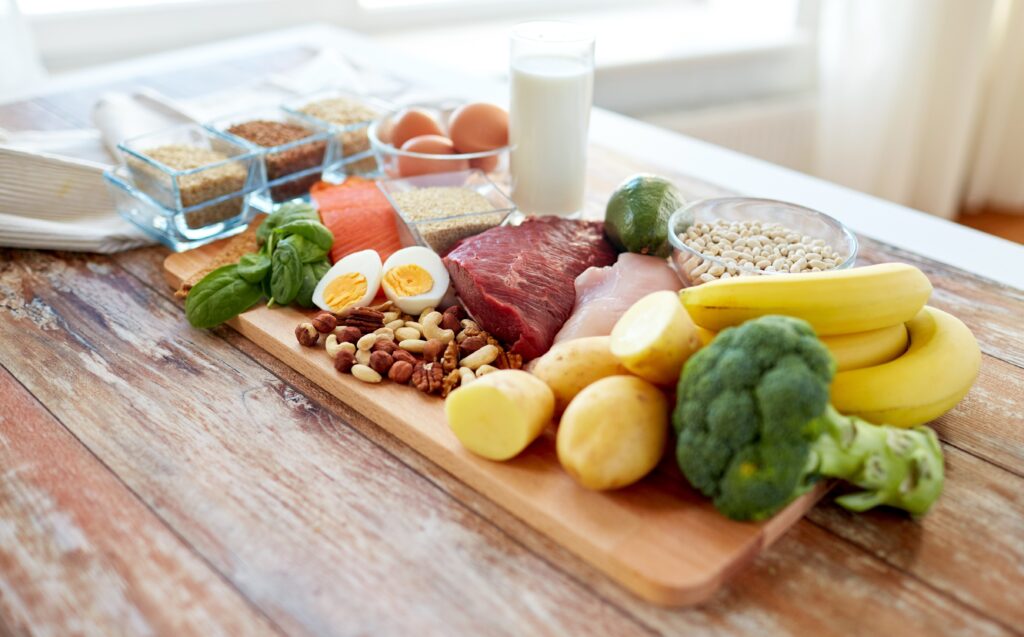
A diet that includes plant- and animal-sourced foods provides the nutrients our brains need to thrive throughout our lives
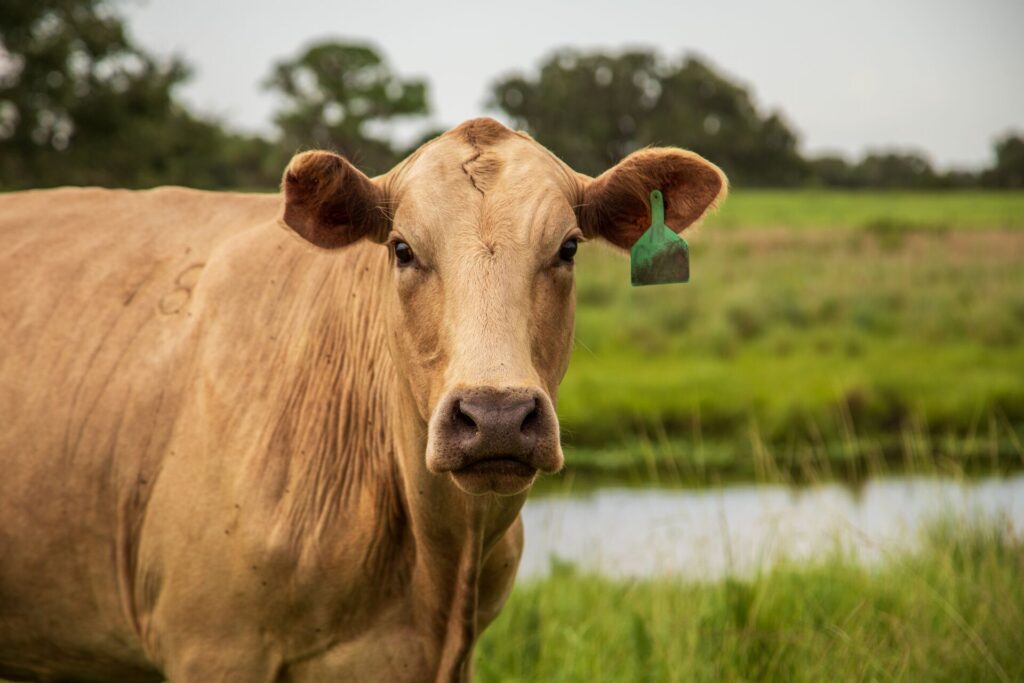
Can grazing cattle combat climate change? Yes, through a simple yet profound natural process called carbon sequestration
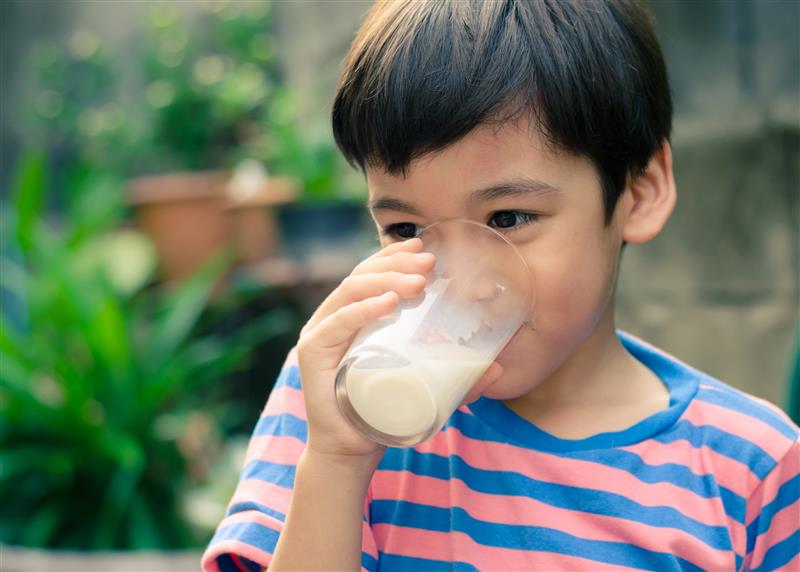
How dairy combats malnutrition, supports communities and drives innovative solutions for a healthier planet
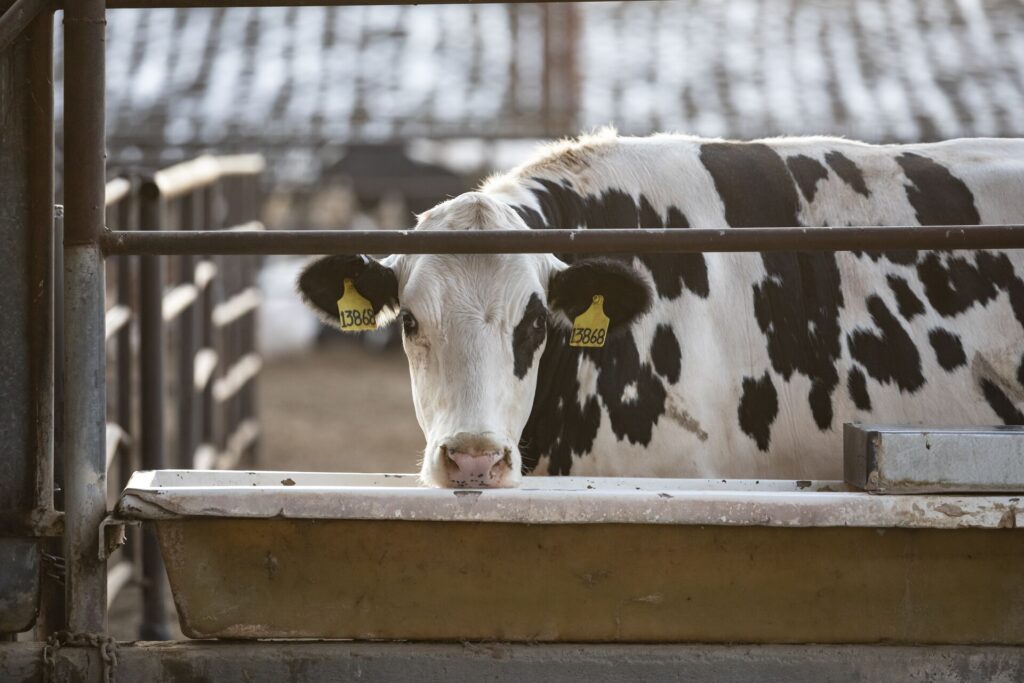
Cows play a vital role in global nutrition security
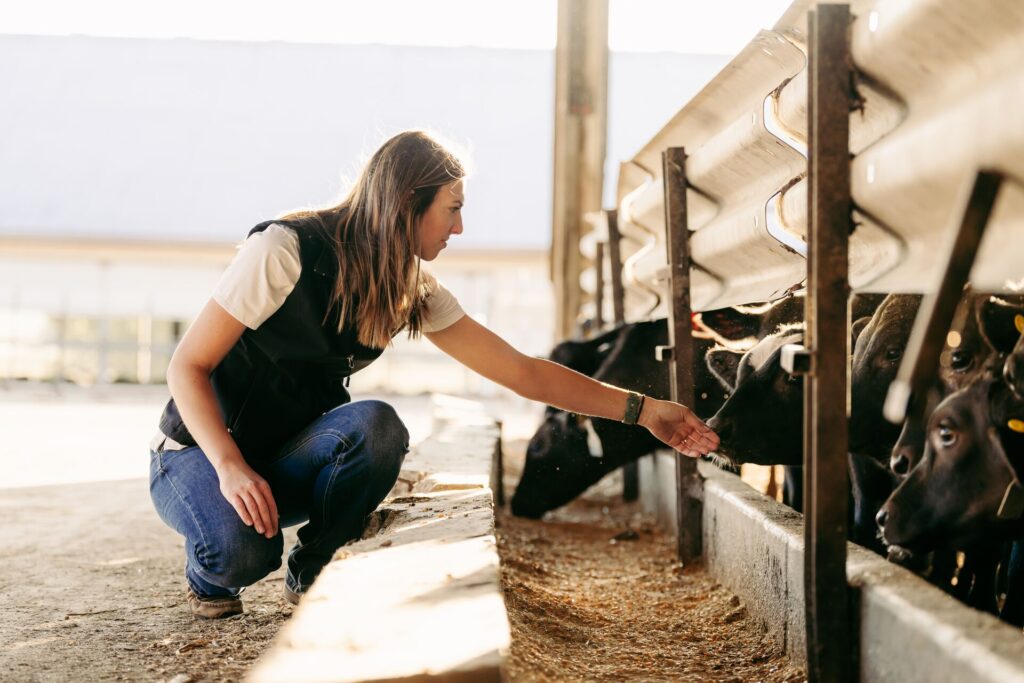
Like roots supporting a tree, cows provide unseen but vital support for human life
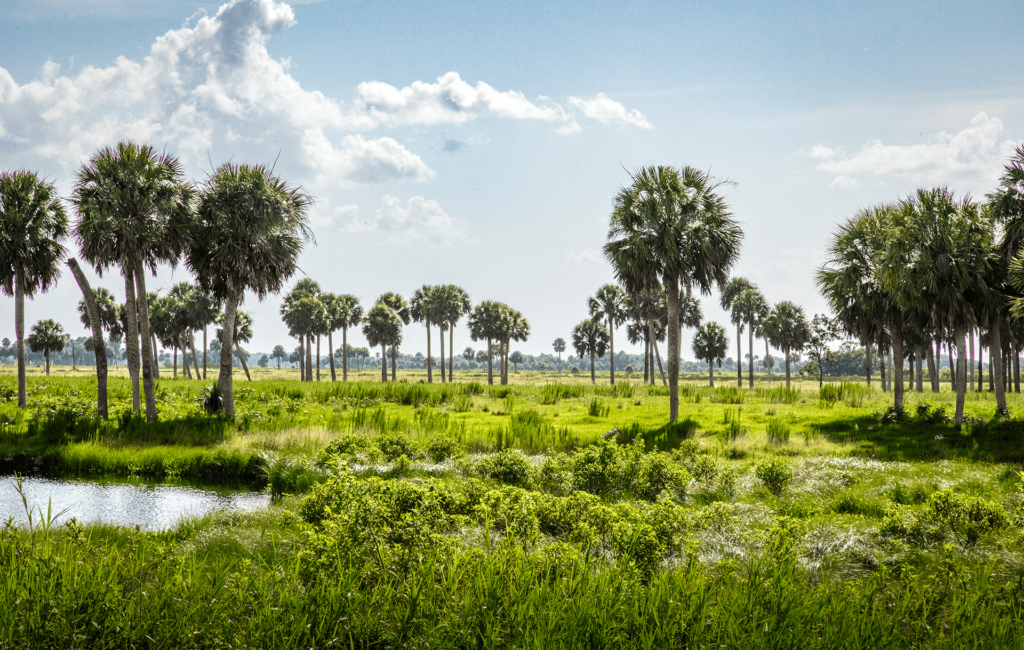
Can cows help combat climate change? Groundbreaking research alliance challenges conventional narrative
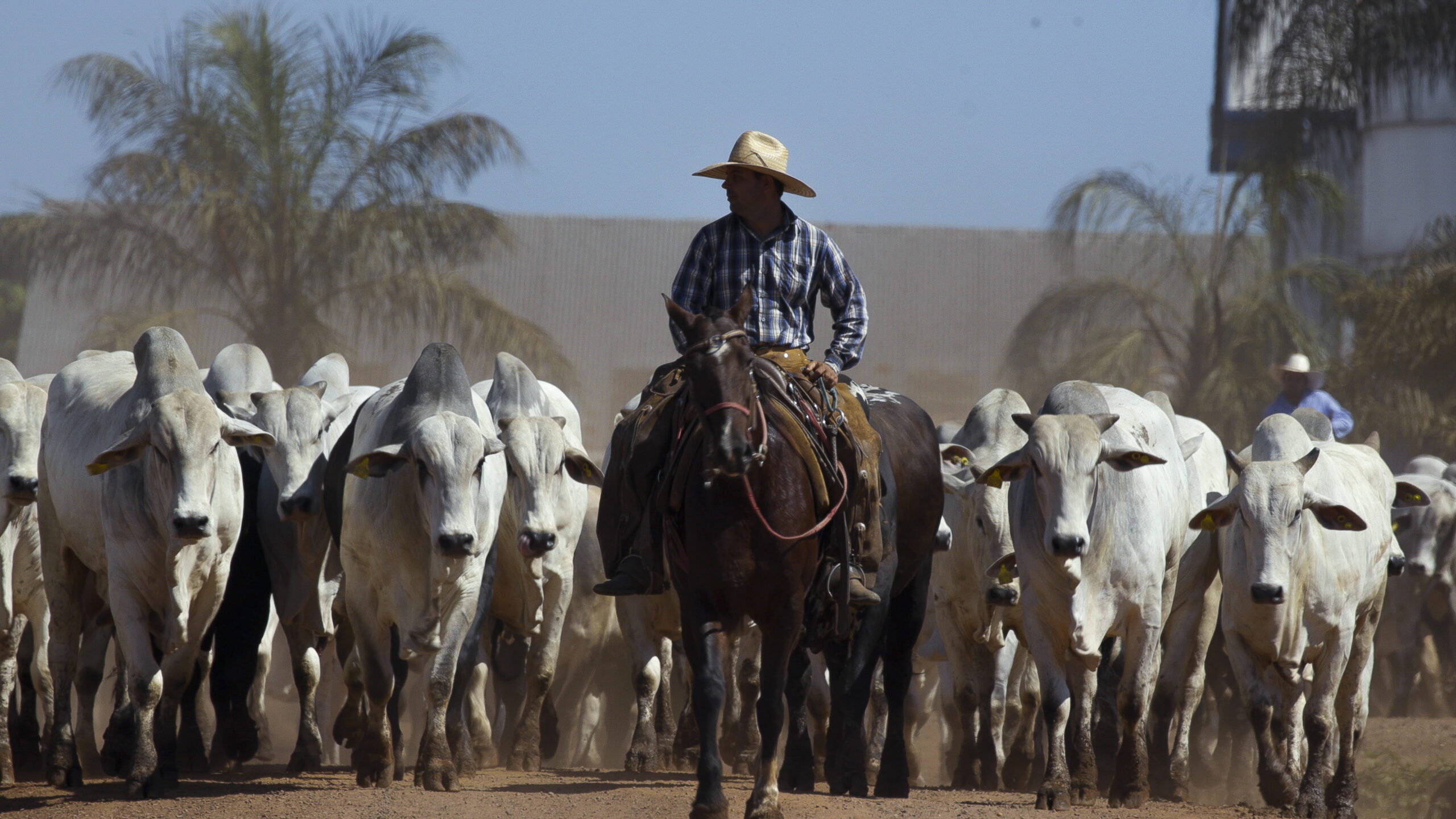
We have the science and technology to feed the world, reduce our environmental impact, and make agriculture more climate-resilient. The question is: How can we ensure that global progress is made?
The answer lies in collective action. It’s in the choices we make as consumers, the innovations driven by farmers and scientists, and the conversations we spark within our communities. World Without Cows isn’t just a documentary — it’s an invitation to think critically and have conversations that can drive lasting change.
Progress is already happening. And by working together, we can build a future where agriculture not only sustains us, but also helps restore the health of our planet. We have the tools. Now, it’s up to us to use them.
If World Without Cows makes you think differently about cows, food systems, nutrition and sustainability, don’t stop there. Keep the conversation going and be part of our global movement.
Visit worldwithoutcows.com/explore for more resources.
Tag us on social media (@WorldWithoutCows) and use #WorldWithoutCows.
Sign up for our newsletter to stay connected.
As climate change intensifies and the world’s population continues to grow, the pressure on our global food production system mounts. You can play an active role in shaping a more sustainable planet for future generations. Fill out the form below to learn more about how you can partner with us.
Receive notifications about the release date, new online content and how you can get involved